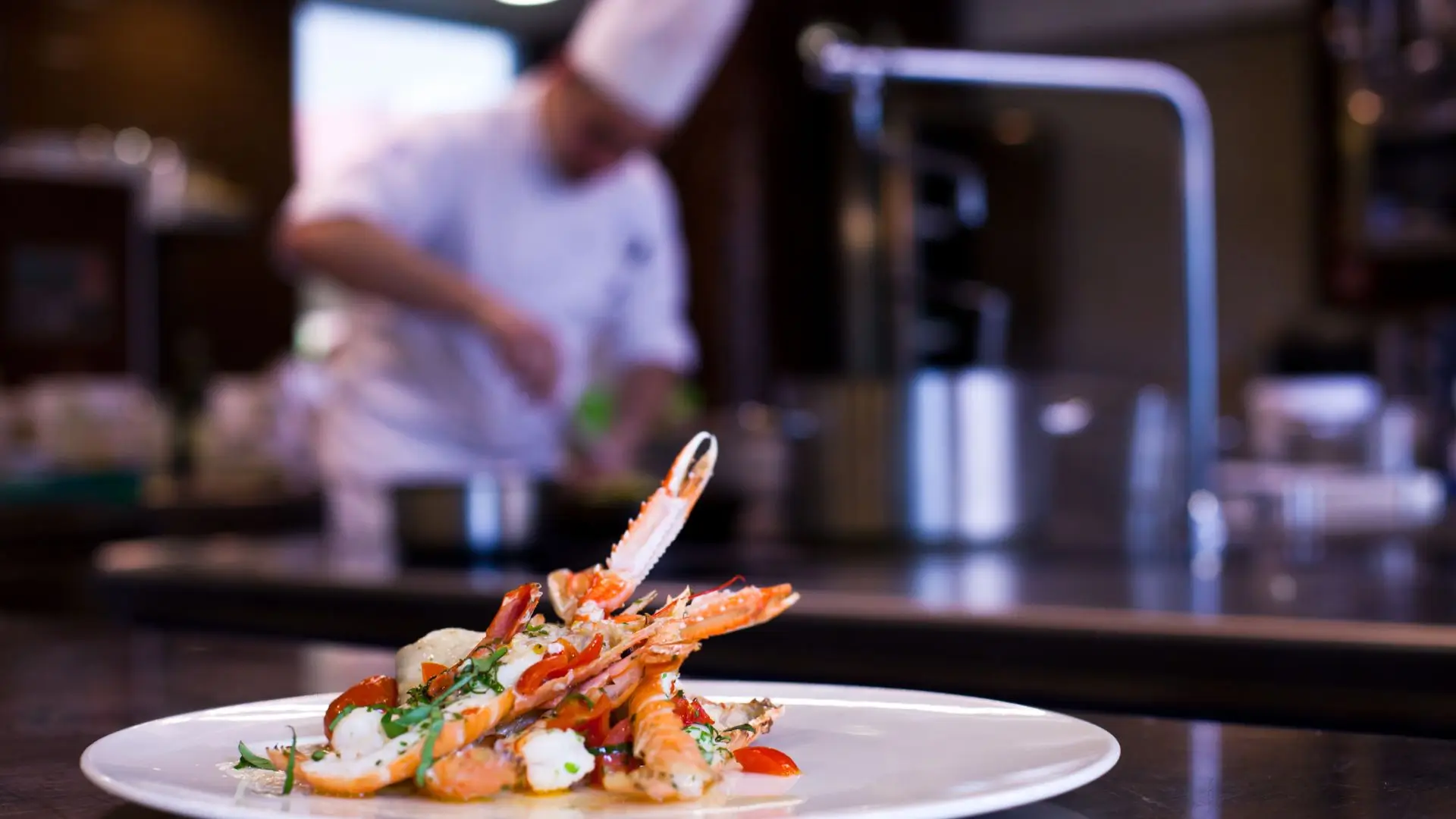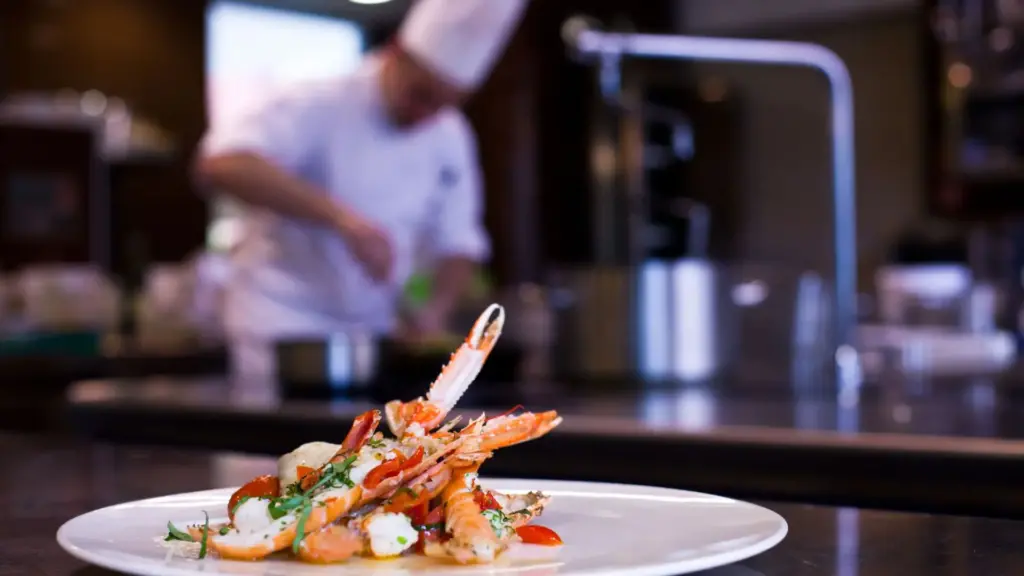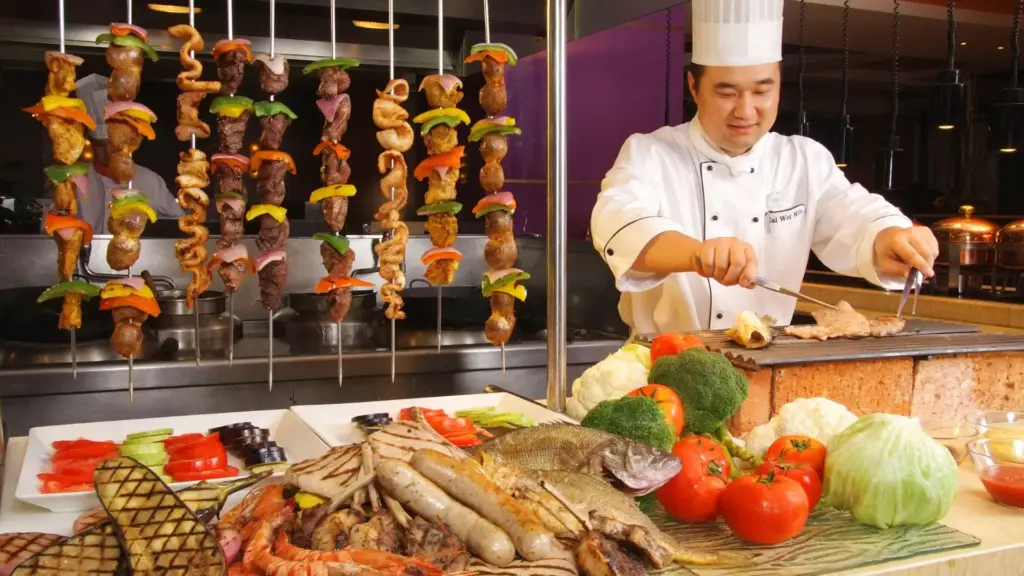To find the right keywords for a restaurant SEO campaign, several steps must be taken to ensure that you target the most relevant and high-performing keywords for your restaurant business.
Table of Contents
Here’s an easy-to-understand guide to help you identify and choose the best keywords for your restaurant SEO campaign.
Steps to Finding the Right Keywords for a restaurant SEO campaign
Contact us if you need help with keyword research for an upcoming restaurant SEO project.

1. Understand Your Audience
Before diving into keyword research, it’s essential to understand your target audience. Understanding your audience is the foundation of effective keyword research.
Here are some ways to gain insights:
- Demographics: Age, gender, location, and income level. Use tools like Google Analytics and social media insights to gather data on your audience’s age, gender, location, and income level.
- Preferences: Types of cuisines they prefer, dining habits, and occasions for dining out. Conduct surveys, read customer reviews, and engage with customers on social media to learn about their dining preferences and habits.
- Search Behavior: Common phrases or questions they might use when searching for a restaurant like yours. Utilize tools like Google Search Console to see what terms people use to find your site. Pay attention to the questions and phrases used.
- Feedback and Reviews: Analyze customer reviews to understand common themes and terms used. Analyze reviews on platforms like Yelp, TripAdvisor, and Google Business Profile to understand common themes and terms.
2. Brainstorm Seed Keywords
Seed keywords are the basic terms related to your restaurant. Start by listing down words and phrases that describe your restaurant, such as:
- Restaurant type: (e.g., “Italian restaurant,” “vegan bistro” “seafood diner.”)
- Specific dishes or specialties: (e.g., “best pizza,” “gluten-free desserts” “sushi rolls.”)
- Location-based keywords: (e.g., “restaurants in [City],” “downtown dining”)
- Services offered: (e.g., “catering,” “delivery”)
- Dining experience:: (e.g., “romantic dinner,” “family-friendly” “casual dining.”)
3. Use Keyword Research Tools
Leverage keyword research tools to expand your list of keywords. Some popular tools include:
- Google Keyword Planner: Provides keyword ideas and search volume data. Input your seed keywords into Google Keyword Planner to get ideas and data on search volume and competition.
- Ahrefs: Offers extensive keyword suggestions and competitive analysis. Use Ahrefs to get comprehensive keyword suggestions, search volume, keyword difficulty, and competitive analysis.
- SEMrush: Use this tool to get keyword insights, competitor analysis, and keyword difficulty..
- Moz Keyword Explorer: Offers keyword suggestions, SERP analysis, and priority scores.
- Ubersuggest: Free tool for keyword ideas and metrics.
- KeywordTool.io: Generates keyword suggestions based on Google autocomplete.
4. Analyze Competitor Keywords
Look at what keywords your competitors are targeting. Tools like Ahrefs and SEMrush allow you to see which keywords are driving traffic to their sites. Identify gaps and opportunities that you can exploit. Additionally, review their content to see how they are integrating these keywords. Understanding what keywords your competitors are targeting can provide valuable insights.
Here are some suggested tools:
- Ahrefs: Use the “Site Explorer” to see which keywords drive traffic to competitor sites.
- SEMrush: Use the “Organic Research” tool to identify competitor keywords and their positions.
- Content Analysis: Review competitor websites and blogs to see how they are incorporating these keywords into their content.
5. Focus on Long-Tail Keywords
Long-tail keywords are longer and more specific phrases that often have less competition and higher conversion rates. Examples include:
- “Best Italian restaurant in [City]”
- “Vegan brunch spots near me”
- “Family-friendly restaurants with outdoor seating”
- “Late-night dessert places in [City]”
- “Healthy lunch options in [Neighborhood]”
- “Authentic Thai food in [City]”
- “Rooftop bars in [City]”
6. Consider Search Intent
Understand the intent behind each keyword. Search intent can be categorized into:
- Informational: Users looking for information (e.g., “how to make pizza dough,” “history of sushi”)
- Navigational: Users looking for a specific site or brand (e.g., “Olive Garden menu,” “find Starbucks near me”)
- Transactional: Users ready to make a purchase or reservation (e.g., “book a table at [Restaurant],” “order pizza online”)
- Local: Users looking for nearby options (e.g., “restaurants open now near me,” “best seafood in [City]”)
7. Check Keyword Metrics
Evaluate the potential of your keywords based on various metrics:
- Search Volume: The number of times a keyword is searched monthly. Higher search volume means more potential traffic.
- Keyword Difficulty: How hard it is to rank for a keyword. Measure how hard it is to rank for a keyword. Aim for a balance between search volume and difficulty.
- Cost-Per-Click (CPC): Useful if you plan to run paid campaigns. Higher CPC often indicates high commercial intent.
- Trends: Use Google Trends to see the popularity of keywords over time.
- Seasonality: Consider if certain keywords are more popular during specific times of the year, like “Thanksgiving dinner reservations.”
8. Local SEO Considerations
Since restaurants serve local customers, prioritize local SEO keywords. Local SEO is crucial for restaurants as most customers are looking for nearby options. Examples of local SEO keywords are:
- “Best sushi near me”
- “Top-rated breakfast spots in [Neighborhood]”
- “24-hour diners in [City]”
- “Rooftop bars in [City]”
- “Pet-friendly cafes in [City]”
- “Outdoor dining in [City]”
- “Romantic restaurants in [City]”
9. Use Google Autocomplete and Related Searches
Google’s autocomplete feature and related searches at the bottom of search results pages can provide additional keyword ideas based on real user queries. Experiment with different phrases to see what suggestions Google provides.
Do the following:
- Start typing a keyword in Google’s search bar and see the suggestions.
- Scroll to the bottom of the search results page to find related searches.
- Experiment with different phrases to see what suggestions Google provides.
10. Create a Keyword List and Group Them
Organize your keywords into groups based on themes for better content planning, such as:
- Menu items (e.g., “best burgers,” “vegan pasta”)
- Services (e.g., “catering services,” “online reservations” “takeout.”)
- Location (e.g., “downtown cafes,” “restaurants near [Landmark],” “near [Neighborhood].”)
- Audience-specific terms (e.g., “kid-friendly,” “romantic dinner spots,” “business lunch.”)
- Experience-based keywords (e.g., “live music,” “patio seating,” “fine dining.”)
11. Regularly Update and Refine Your Keywords
Keyword trends and search behaviors change over time. Regularly review and update your keyword list to stay relevant and competitive. Monitor your website analytics to see which keywords are driving traffic and conversions.
The following can help with this:
- Monitor Analytics: Use tools like Google Analytics to track keyword performance.
- Adjust for Trends: Use Google Trends to identify rising keywords and adjust your strategy accordingly.
- Competitive Analysis: Continuously monitor your competitors to see if they are targeting new keywords.
- Content Performance: Analyze which keywords are driving traffic and conversions and adjust your content strategy to focus on high-performing keywords.
In Summary
Finding the right keywords for restaurant SEO campaign is a strategic process that involves understanding your audience, leveraging keyword research tools, analyzing competitors, and focusing on long-tail and local SEO keywords.
By following these steps, you can effectively target the keywords that will drive traffic, attract customers, and grow your restaurant business.
Need assistance with SEO services for your restaurant business? We can help.






